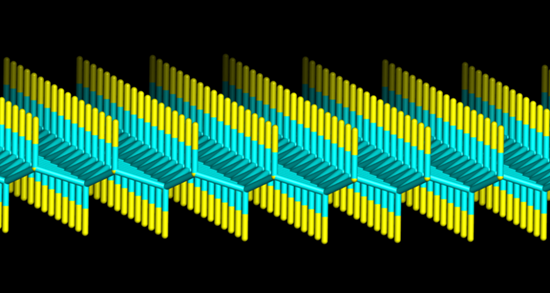
This ultra-strong, ultra-thin supermaterial could yield a technological revolution.
Graphene might be the world's most useful material. Though it is only one carbon-atom thick, it is 100 times stronger than steel, and highly flexible to boot. Ever since it was first isolated by researchers about a decade ago, the list of patents involving graphene has grown exponentially every year. It may not be long before this supermaterial spawns a technological revolution that could truly change the world.
Here are 10 of the most profound graphene inventions to look forward to in the near future.
1. Fuel from the air
The same researchers who won the Nobel Prize for isolating graphene, Andre Geim of Manchester University and colleagues, have recently shown that graphene could be used to make mobile electric generators powered by hydrogen extracted from the air. Geim's team discovered that although graphene is impermeable to even the smallest of atoms, it can nevertheless be used to sieve hydrogen atoms that are stripped of their electrons.
This means that graphene films could be used to vastly improve the efficiency of proton-conducting membranes, which are essential components of fuel cell technology. Geim imagines a future where vehicles could be powered just by the tiny amounts of hydrogen in the air.
"Essentially, you pump your fuel from the atmosphere and get electricity out of it," Geim said.
2. Predator vision
The classic sci-fi action film "Predator" features an alien assassin that has the ability to see the world in thermal infrared. Now thanks to graphene, you might also be able to have Predator vision. Researchers from the University of Michigan have developed a graphene contact lens that allows its wearer to sense the whole infrared spectrum - plus visible and ultraviolet light.
"If we integrate it with a contact lens or other wearable electronics, it expands your vision," said Zhaohui Zhong, one of the researchers developing the technology. "It provides you another way of interacting with your environment."
3. Graphene-based electronics
Photo: Ji Hye Hong via The New York Times
Forget about Silicon Valley; the future may rest in Graphene Valley. Today our electronic devices rely on silicon as an essential component, but transistors made of silicon are approaching the minimum size at which they can be effective, which means the speed of our devices will soon bottom out. The ultra-thin nature of graphene could be the answer to this problem, however. It may not be long before graphene replaces silicon in our electronic devices, which will make them faster than ever before.
Graphene will also make it possible to build super thin, flexible touchscreens that would be virtually unbreakable. You'll never have to worry about shattering your smartphone again.
4. The perfect condom
Image via Materia
Graphene may even have the ability to improve your sex life. Condoms made from graphene are super-thin, which means more sensation. They're also super-strong, which means they never break - which is the true test of any reliable condom.
"If this project is successful, we might have a use for graphene which will touch our everyday life in the most intimate way," said Dr. Aravind Vijayaraghavan, the materials scientist who's leading the research into the graphene condom.
5. A world without rust
Photo: University at Buffalo
Because graphene is virtually impermeable, a coat of graphene-based paint could one day be used to eradicate corrosion and rust. Researchers have even shown that glassware or copper plates covered with graphene paint can be used as containers for strongly corrosive acids.
"Graphene paint has a good chance to become a truly revolutionary product for industries that deal with any kind of protection either from air, weather elements or corrosive chemicals,” said Dr. Rahul Nair, one of the researchers developing the technology. “Those include, for example, medical, electronics and nuclear industry or even shipbuilding, to name but the few."
6. Drinkable oceans
Image: David Cohen-Tanugi/MIT News
Yes, graphene could even help to solve the world water crisis. Membranes made from graphene could be made that are big enough to let water through, but small enough to filter out the salt. In other words, graphene could revolutionize desalination technology. MIT researchers have found "that the water permeability of this material is several orders of magnitude higher than conventional reverse osmosis membranes, and that nanoporous graphene may have a valuable role to play for water purification."
7. Glowing wallpaper
Glowing walls could soon replace the light bulb, thanks to the development of new graphene-based electrode technology that makes displays thinner than ever before. Such glowing "wallpaper" provides more pleasant, adjustable light across a room than light bulbs can, and it can also be made more energy-efficient. And let's face it, few things seem more futuristic than illuminated, "Tron"-like walls.
"By using graphene instead of conventional metal electrodes, components of the future will be much easier to recycle and thereby environmentally attractive," said Nathaniel Robinson from Linköping University, where the technology is being developed.
8. Bionic humans
Photo: Natalia Hutanu/TUM
If you feel overly-integrated with your technology already, you ain't seen nothing yet. Graphene research is now leading to experiments where electronics can integrate with your biological systems. Basically, it may soon be possible to be implanted with graphene gadgets that can read your nervous system or talk to your cells. This could lead to breakthroughs in medical science, as doctors can better monitor your body and also potentially help to diagnose and adjust your biological systems for optimal health. The technology could also help fitness fanatics track and monitor their workout regimen.
9. Stronger liquor
Photo: University of Manchester
Researchers have discovered that graphene membranes can also be used to distill spirits and make them stronger. Graphene is impermeable to all gases and liquids, but a graphene filter can allow water to evaporate more quickly. When placed over a bottle of vodka, for instance, researchers found that the membrane allowed water from the alcohol to escape, which distilled the vodka and made it stronger.
Though not as profound as some other graphene discoveries, this finding does at least have the potential to one day revolutionize frat parties everywhere.
10. Bulletproof armour
Image: Jae-Hwang Lee via Phys.org
Given how thin and strong graphene is, it seems inevitable that it should also be used to build improved bulletproof vests. Sure enough, researchers have found that sheets of graphene absorbed twice as much impact as Kevlar, the material commonly used in bulletproof vests. Also an improvement over Kevlar, graphene is super-lightweight and therefore less restrictive to wear. The breakthrough could help keep our soldiers and law enforcement officers safe when being fired at. The thin nature of graphene could even lead to developments in other bulletproof surfaces, such as windows.
Related on Mother Nature Network:
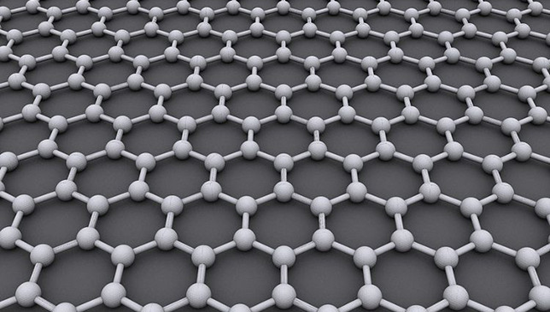

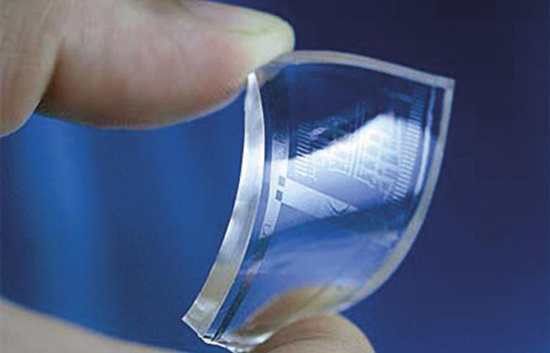

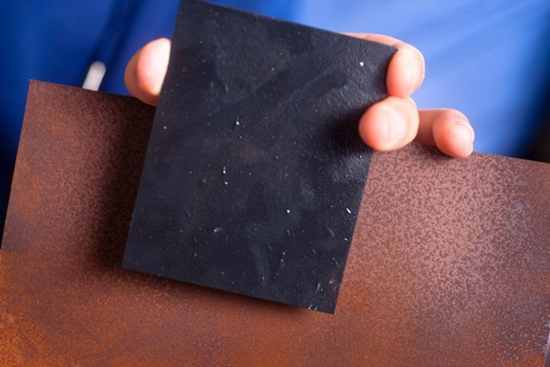


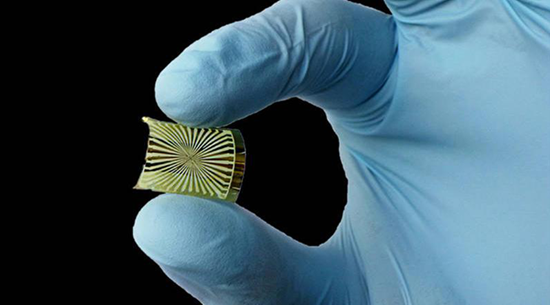

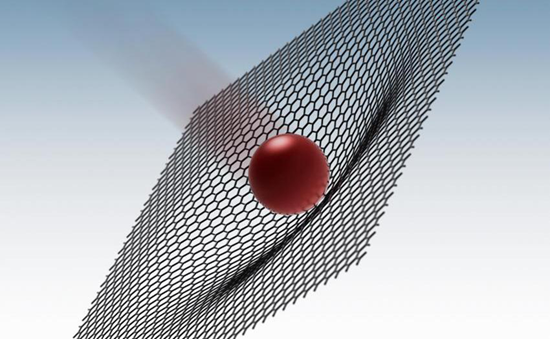
No comments:
Post a Comment
Please adhere to proper blog etiquette when posting your comments. This blog owner will exercise his absolution discretion in allowing or rejecting any comments that are deemed seditious, defamatory, libelous, racist, vulgar, insulting, and other remarks that exhibit similar characteristics. If you insist on using anonymous comments, please write your name or other IDs at the end of your message.